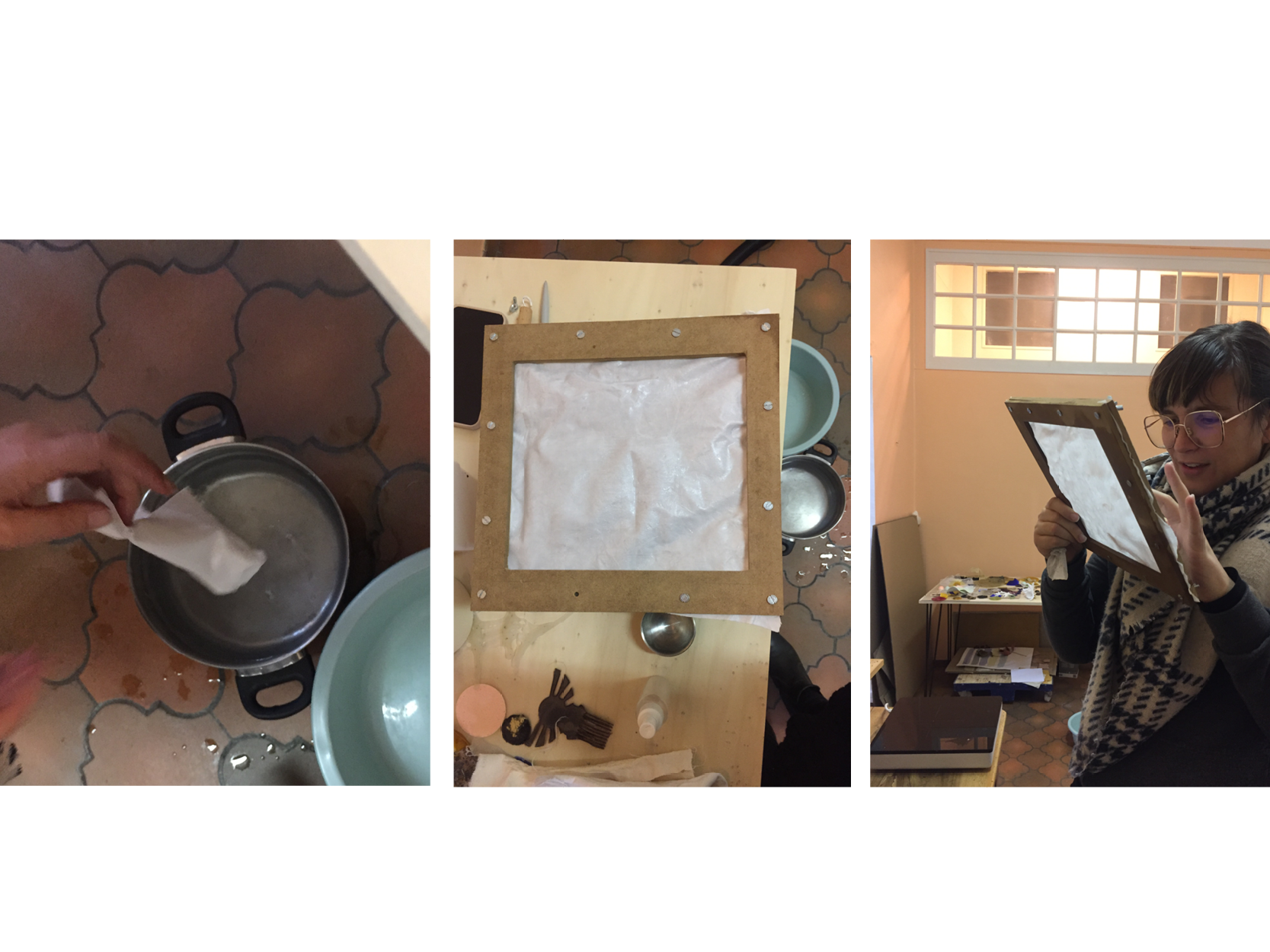9| Textile as scaffold¶
Inspirations¶
Textile Composite
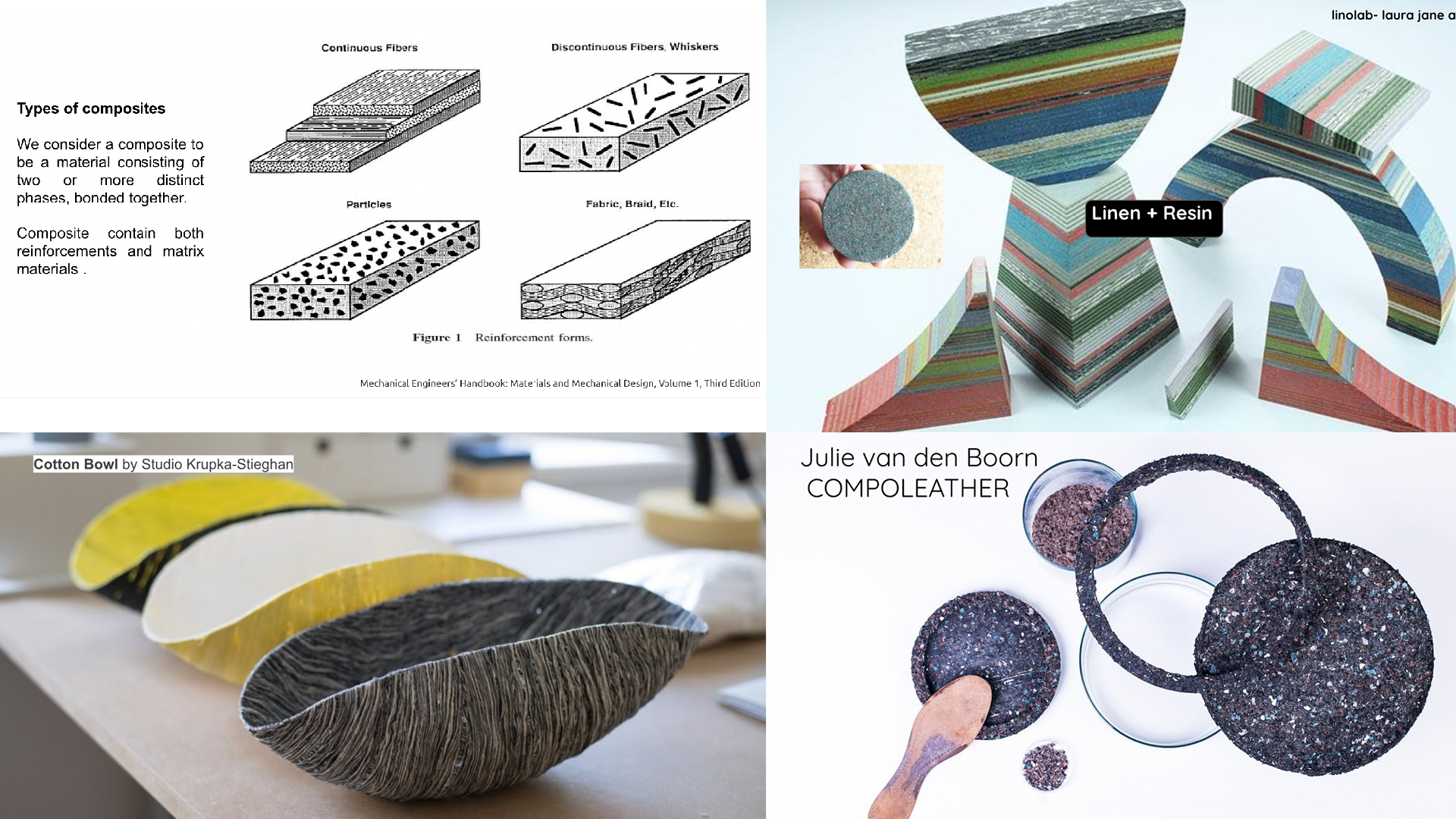
Fabric Formwork


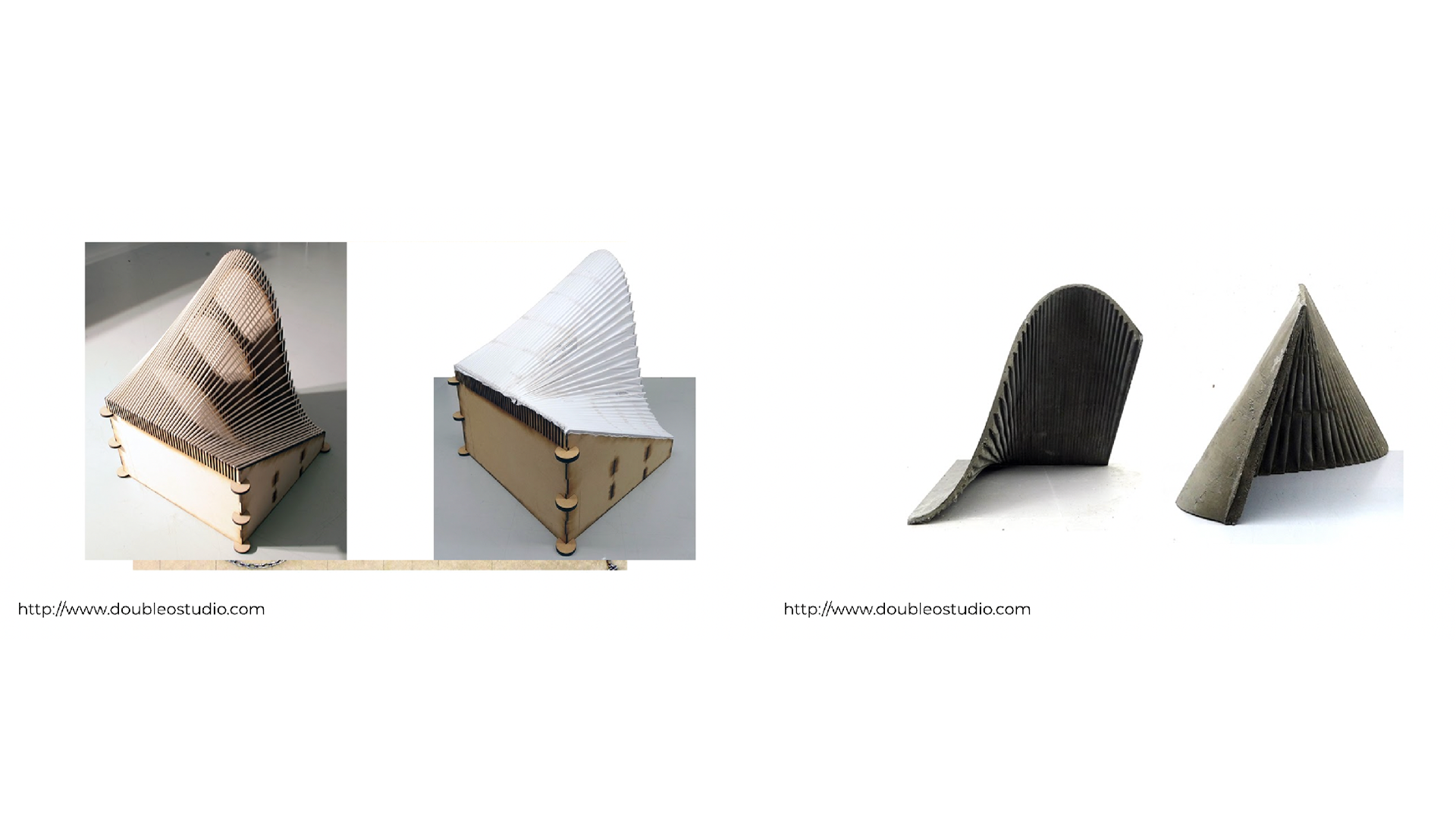
Wood+Textile Composite

Crystallization

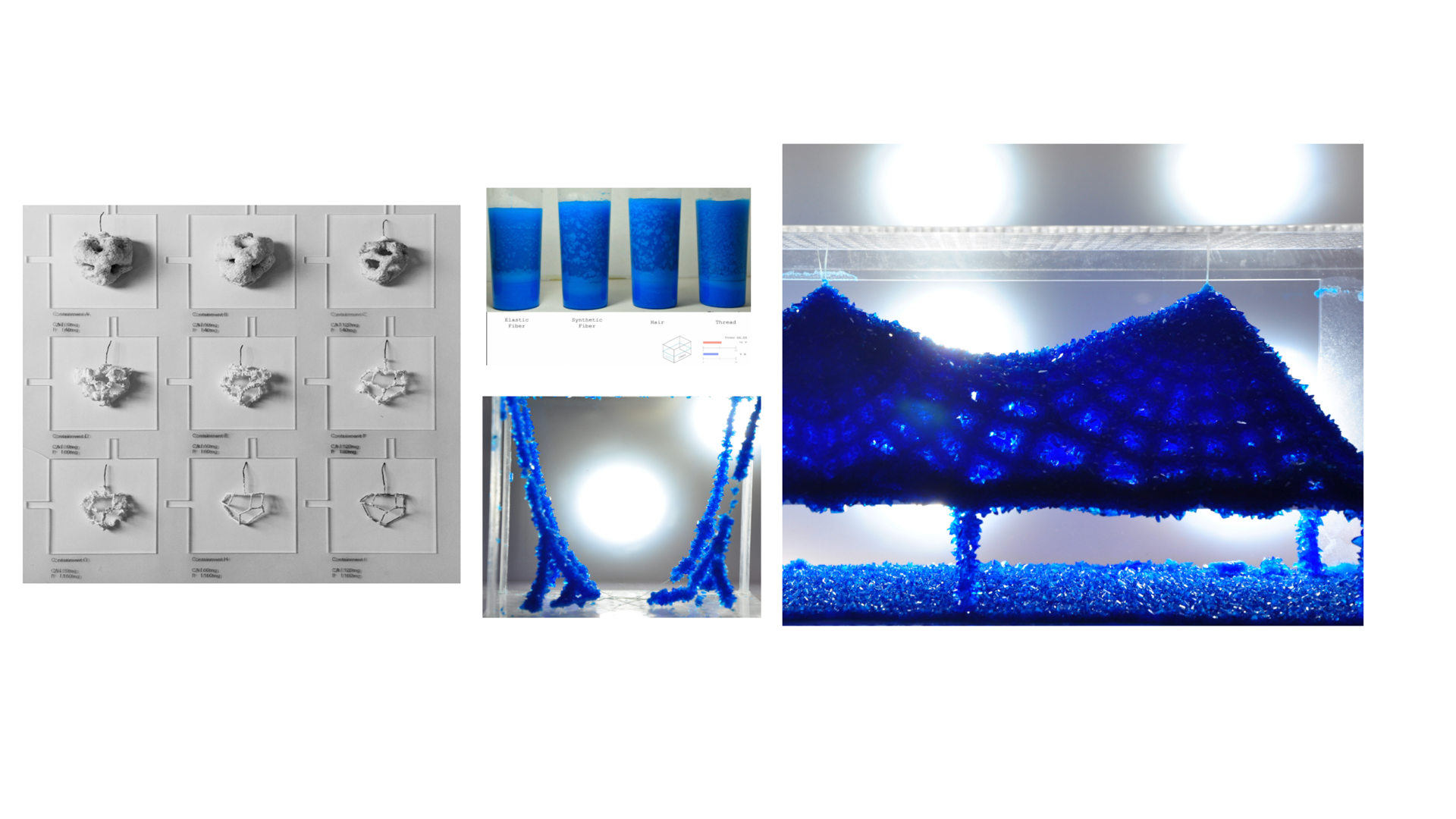
Alum crystalisation¶
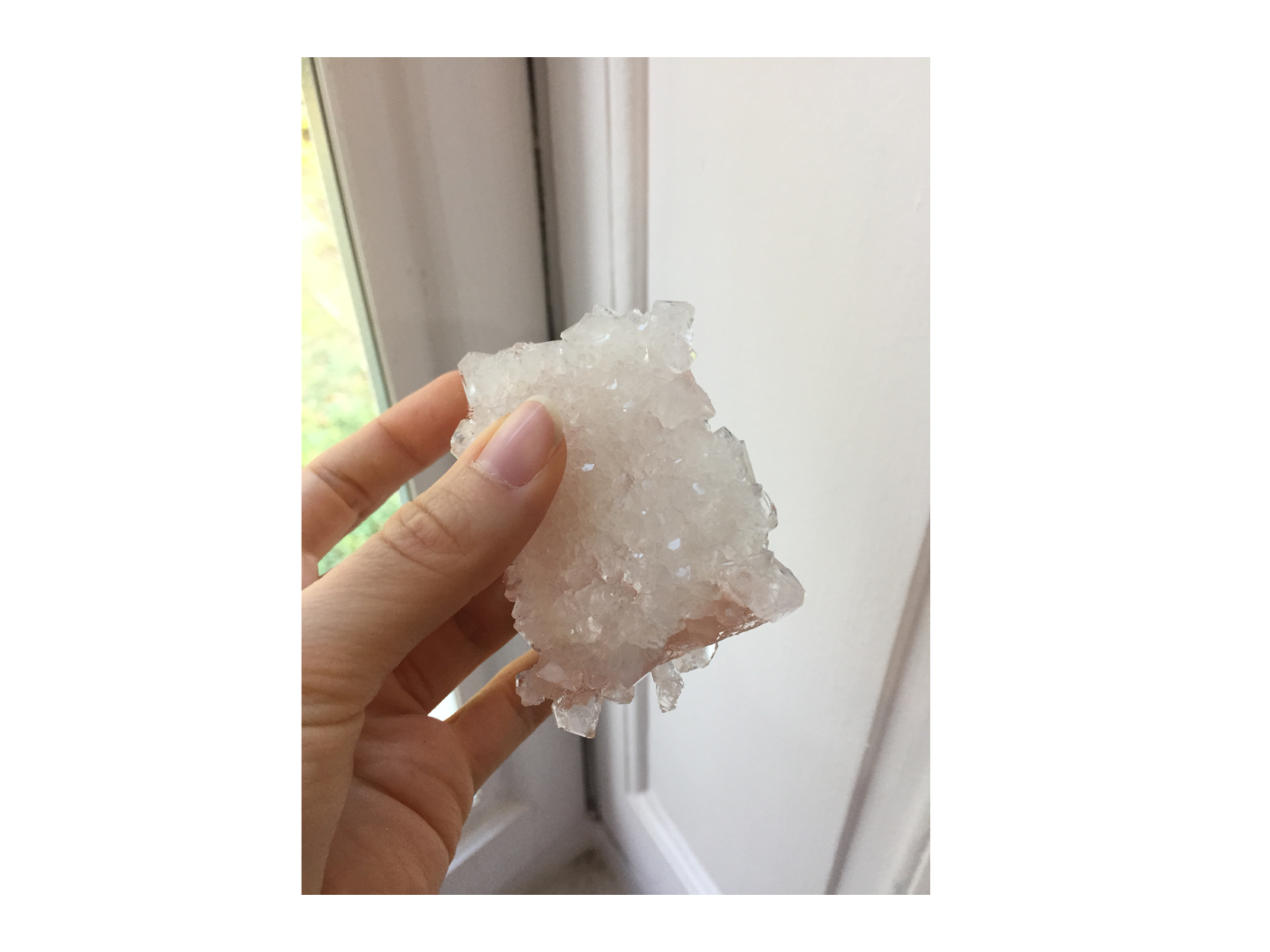
Recipe
- 100cl distilled water
-
...g Alum
-
Prepare the samples and their recipient (it will need to stay a few hours or day in the same place without moving it)
- Desinfect all the tools with alcool or ethanol
- Heat the water
- Slowly dissolve the powder
- Stir
- Filtrate the solution
- Slowly added the solution in the container of your sample

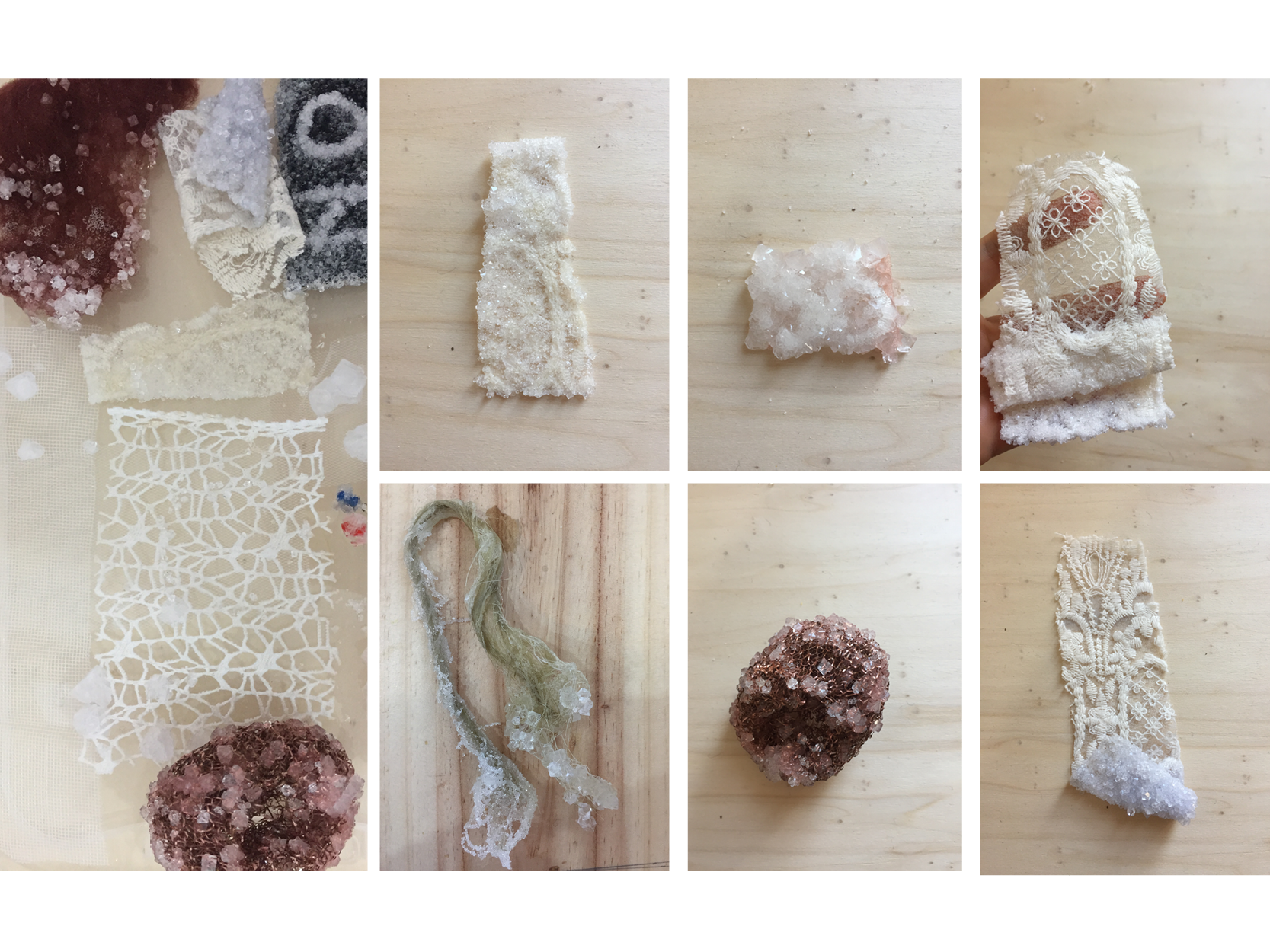
Alum crystalisation with thermochromic pigment:
for this experiment we added some thermochromic pigment in the crystallization solution. The result in a cold state on left, in a hot state on the right picture slightly pink:
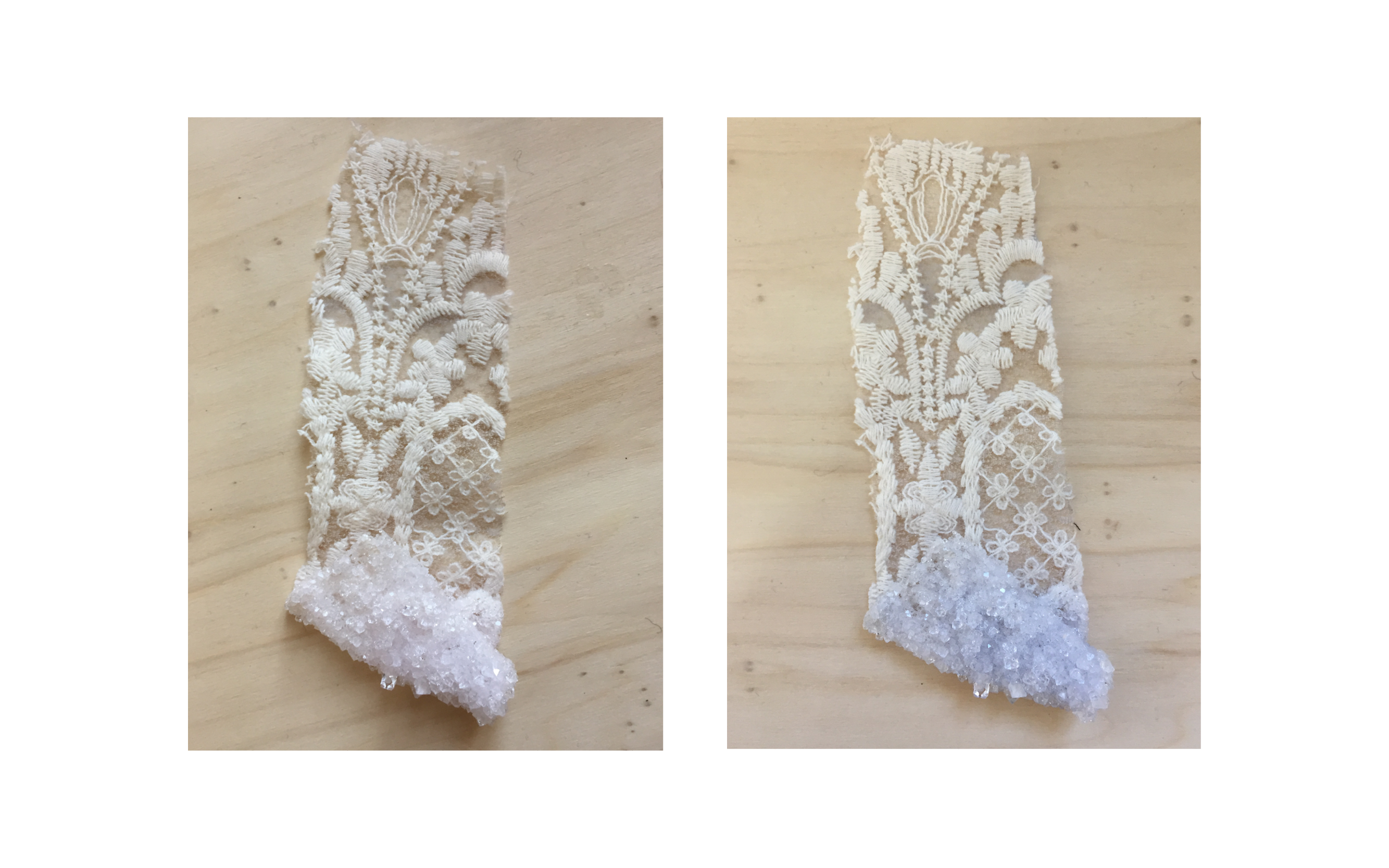
Then I made also cristalisation on small pieces of silk fabric:

Copper sulfate crystalisation¶
Recipe
- 125cl distilled water
-
450g Copper sulfate
-
Prepare the samples
- Desinfect all the tools with alcool or ethanol
- Heat the water
- Slowly dissolve the powder
- Stir
- Filtrate the solution
- Slowly added in in the container

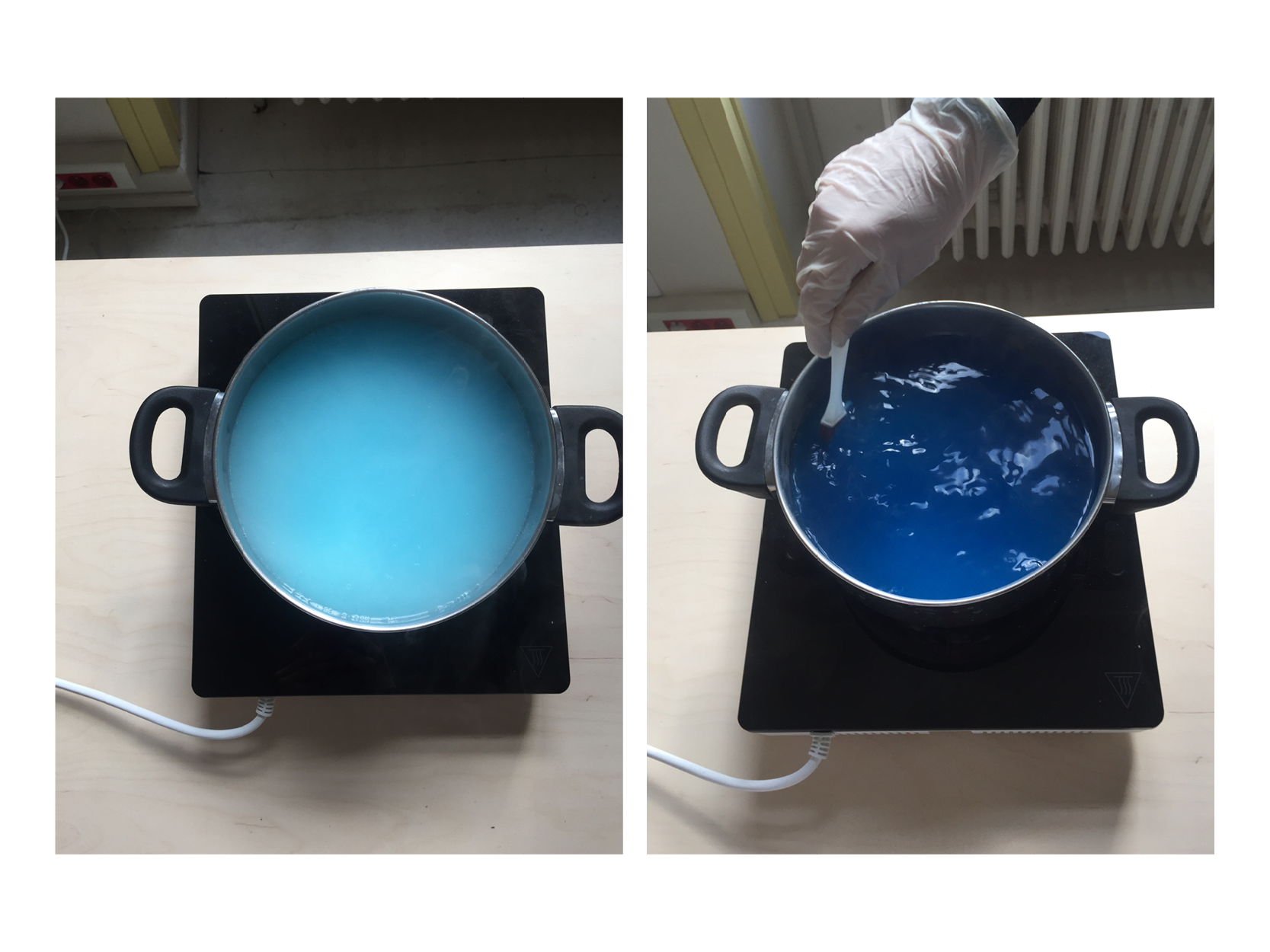
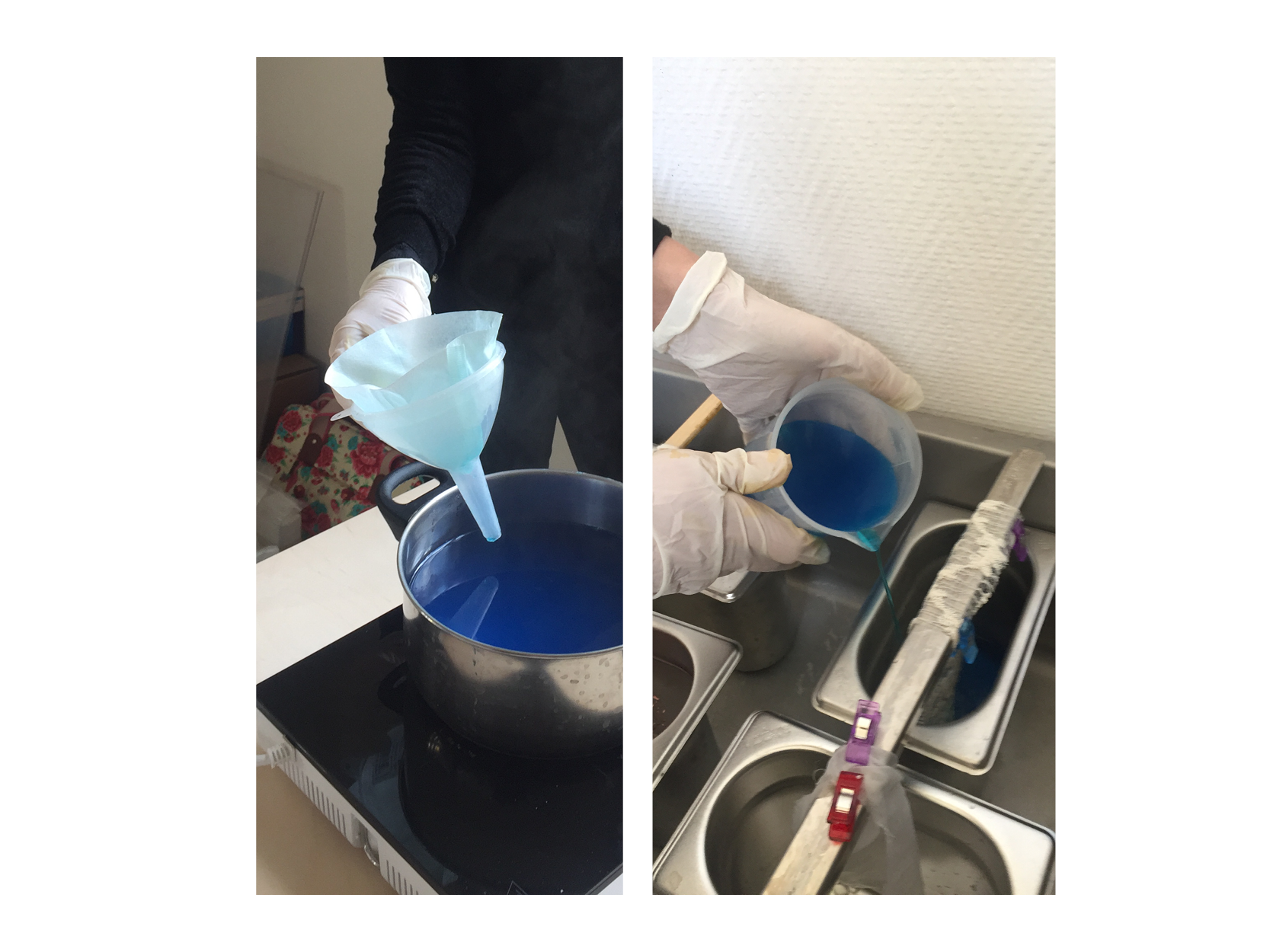
RESULTS

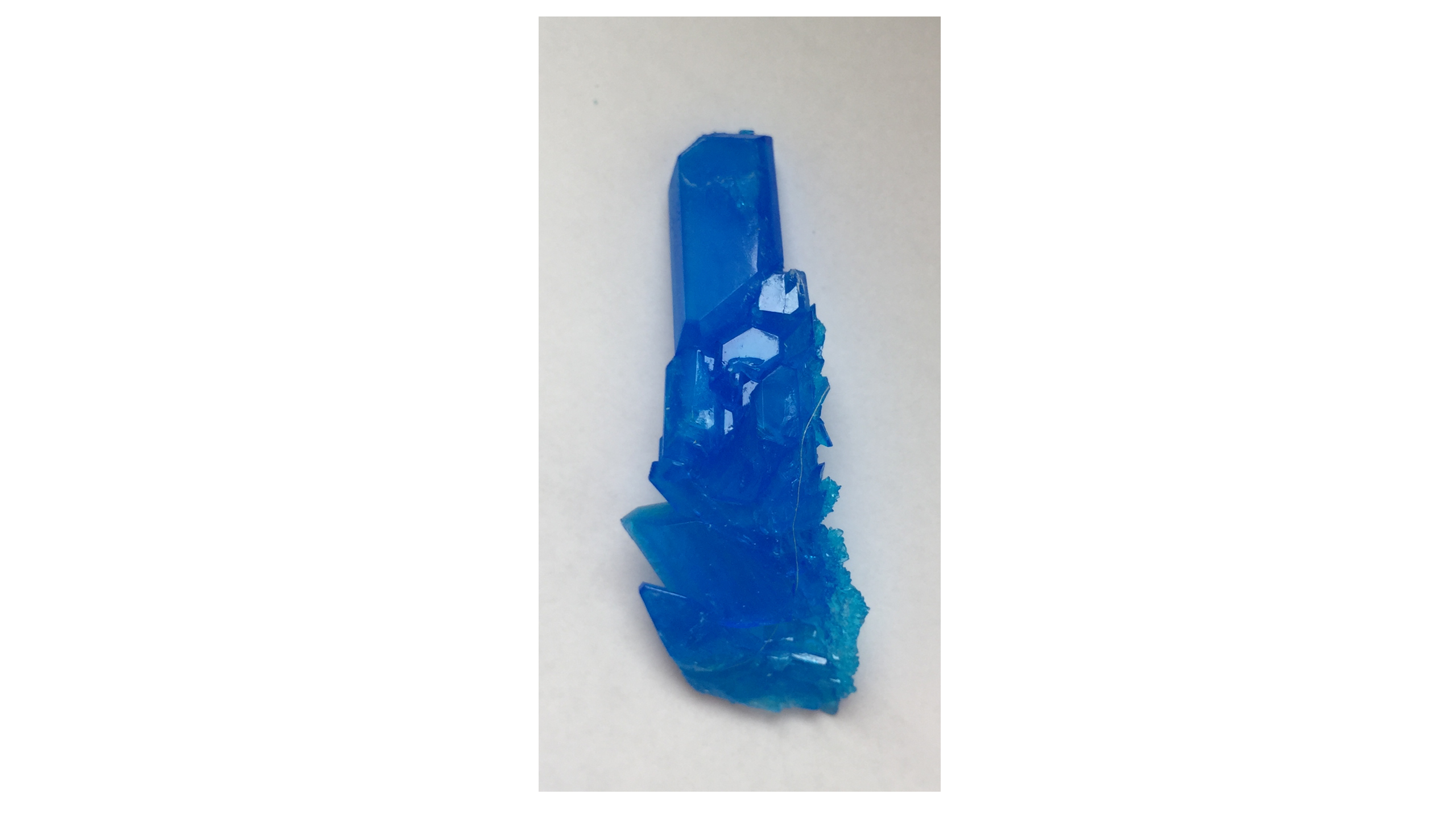
Textile molding¶
For this experimentation I used the following material :
- White synthetic textile (leftover) sort of a mesh
- A cooking mold
And ingredients to make the recipe:
- Some 20ml of a previous mixture of bio foil I made and had leftovers (the recipe for this was 34g gelatine 25,5g glycerine and 283,3water - see the part Bio-foil with laser cut textile down)
- Then added to this mixture 9g of gelatine powder.
-
Cook slow for approximately 15minutes
-
Put the two layers of textile in the pot , and take one fast and place it on top of the mold it dries super fast so act quickly the place the second layer
-
Let it dry, in one day it should be ok to unmold.
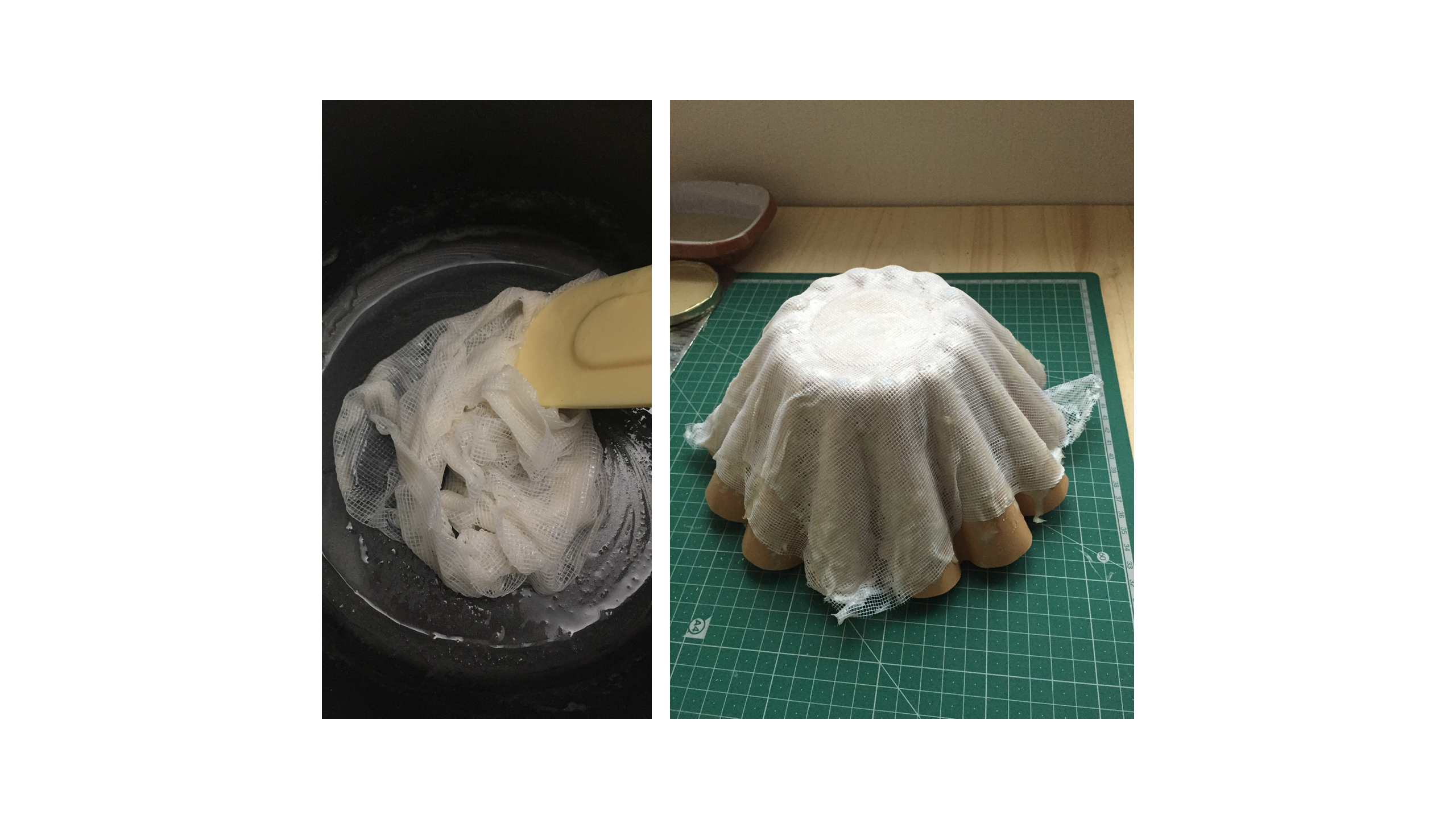
The result is a textile that has taken the form of the mold, but it's not rigid/hard , it's still slightly flexible :


Bio-composite¶
Pattern poetry applied to biocomposite forms: I designed a quick pattern on illustrator and cut-it on the laser machine, for a fast prototype:


Then I integrated the cuted textile in a bio-foil recipe:
Following the recipe :
- 34g Gelatine (in sheets is better to have a clear mixture)
- 25.5glycerine
- 283,3water (appro. 300g)
Following the steps :
- 1 Put the gelatine sheets in cold water to make them soft
- 2 boil the water add glycerine
- 3 wait a few second /minutes to cool down (no more boiling)
- 4 in very very slow heat add the sheets of gelatine one by one
- 5 heat slowly for appro. 20/25minutes whithout boiling and stir constantly to avoid bubbles
- 6 once time has passed - wait a minute to cool down and pour into the mold
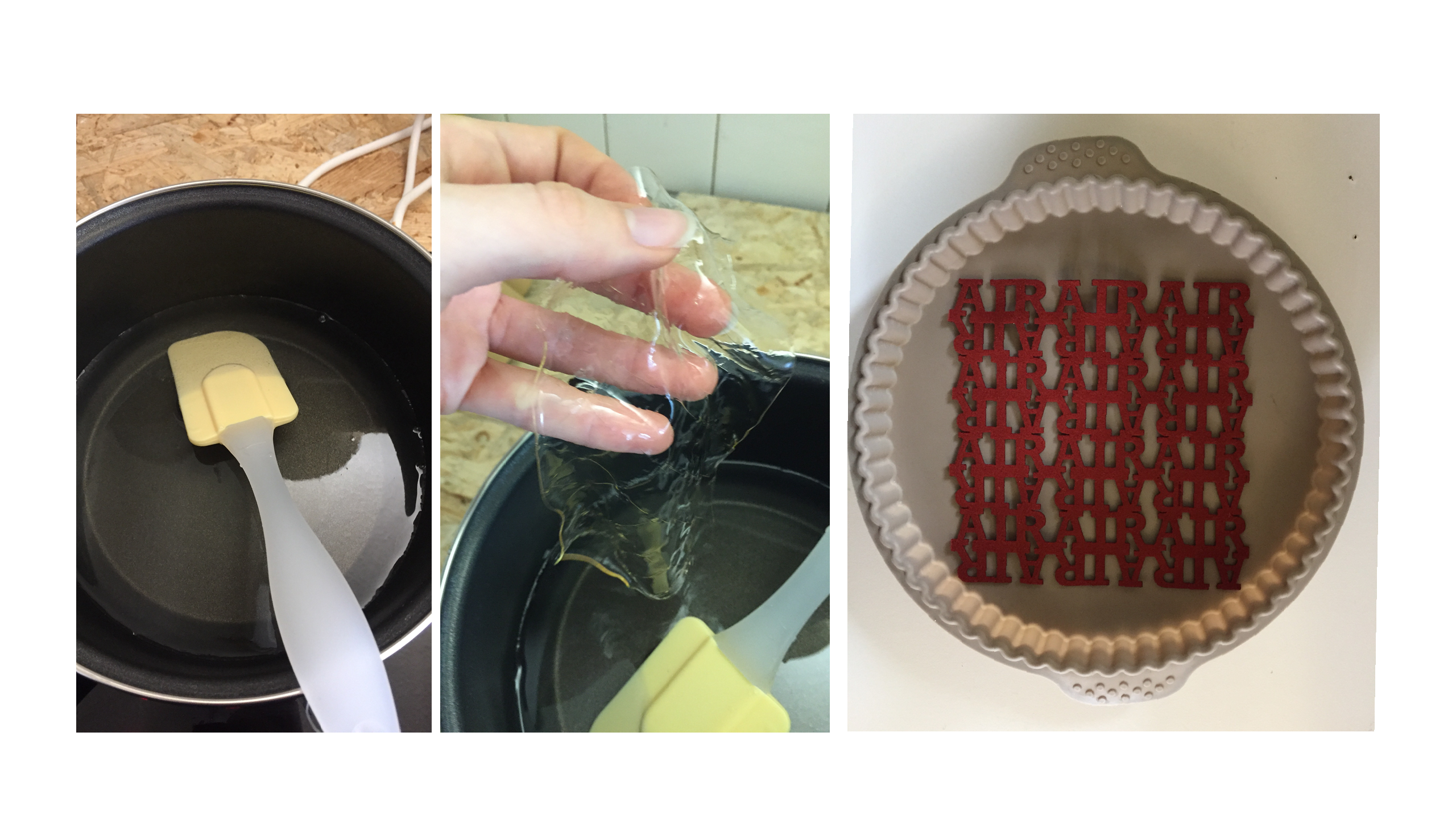
Result:
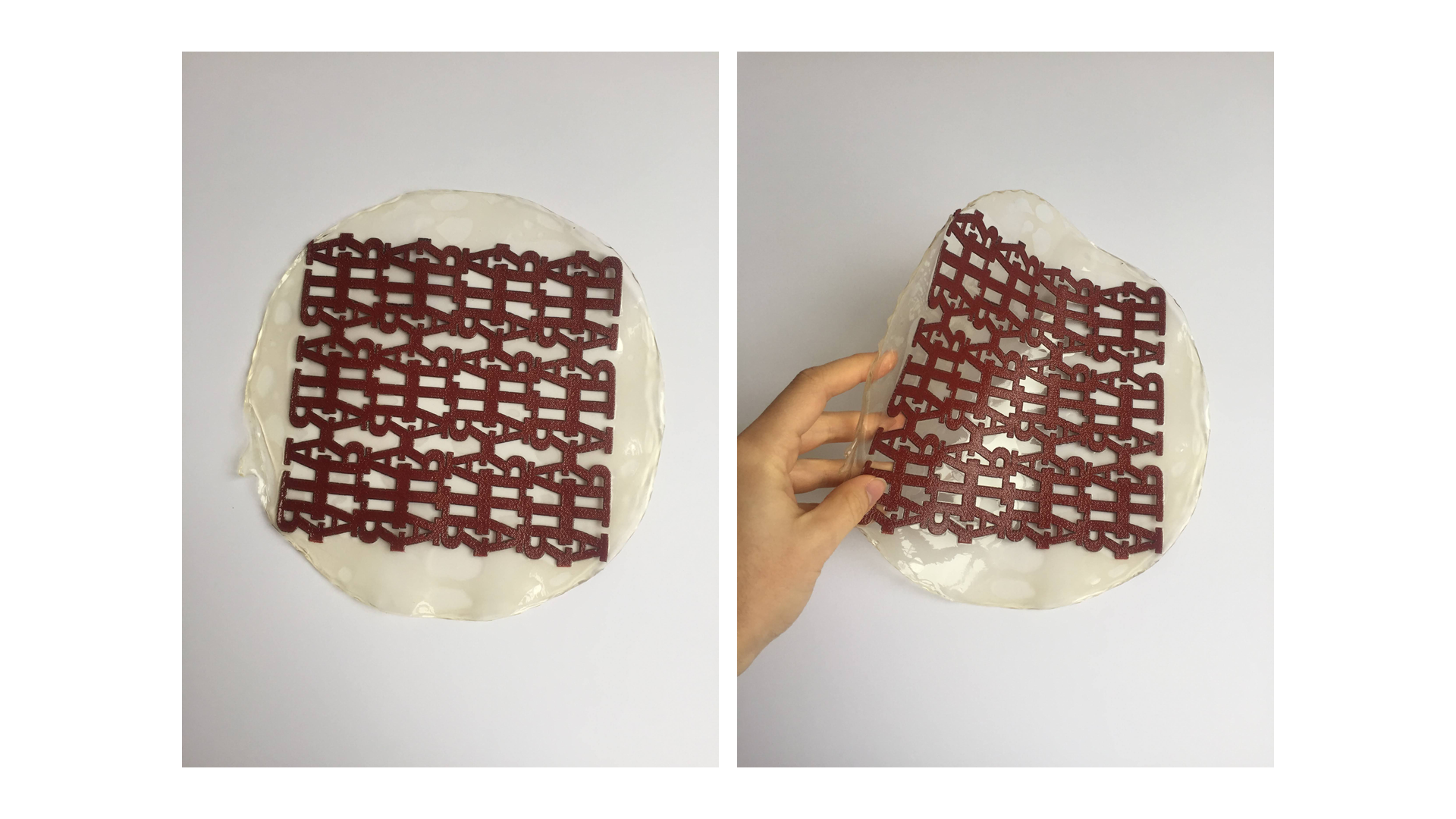
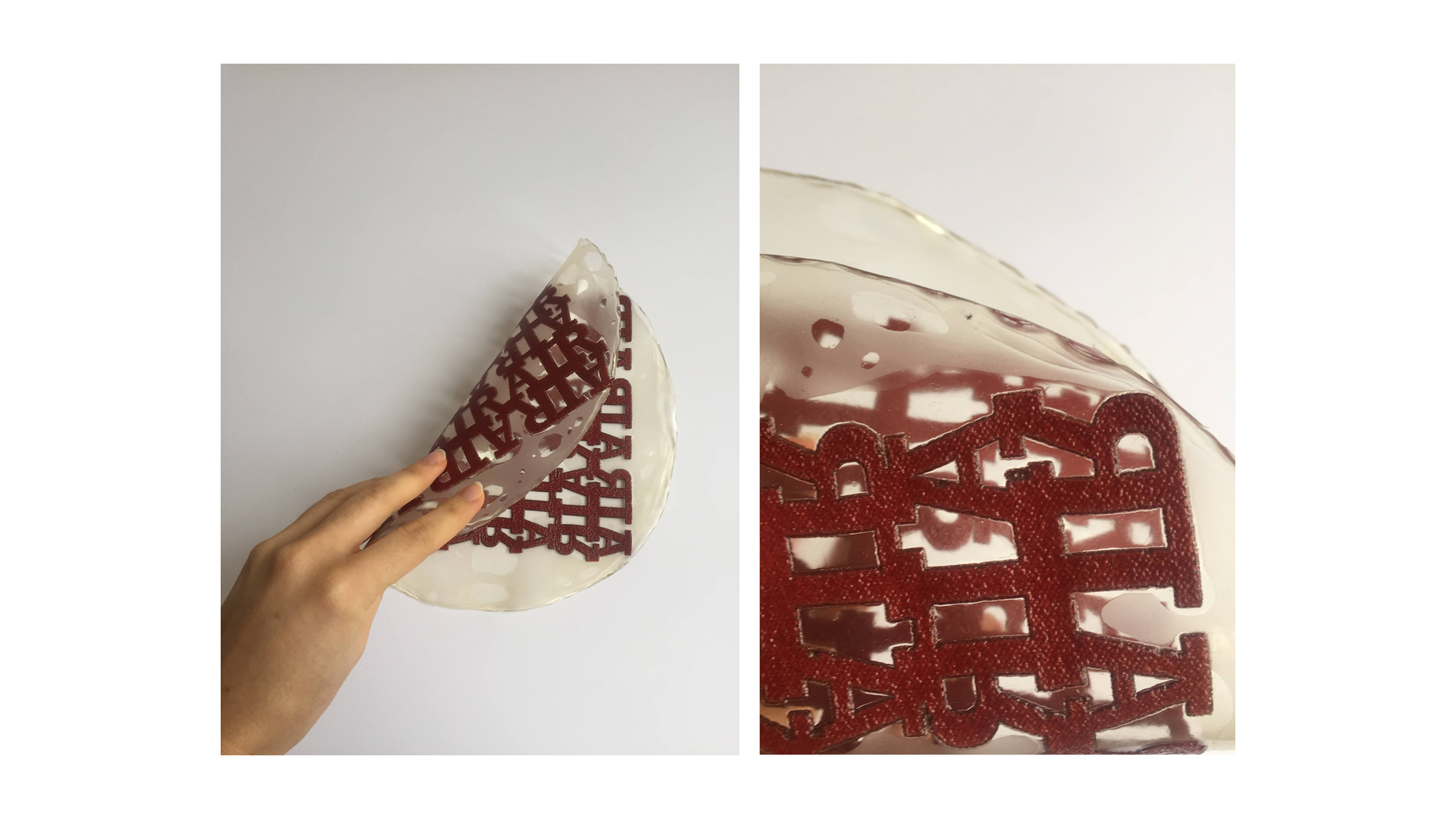
Other results using the left over of the mixture (bio-foil) made :


Vacum molding - Fail¶
Experimentation with Pauline
This is a faild experimentation.
We used Gaze-varaform material.
We dunked it into hot water so it will become flexible then place it into the vacum box. Vacum on. and pour some hot water on it while vacuming. This material is really steacky while wet but didn't take the form very much - FAIL

